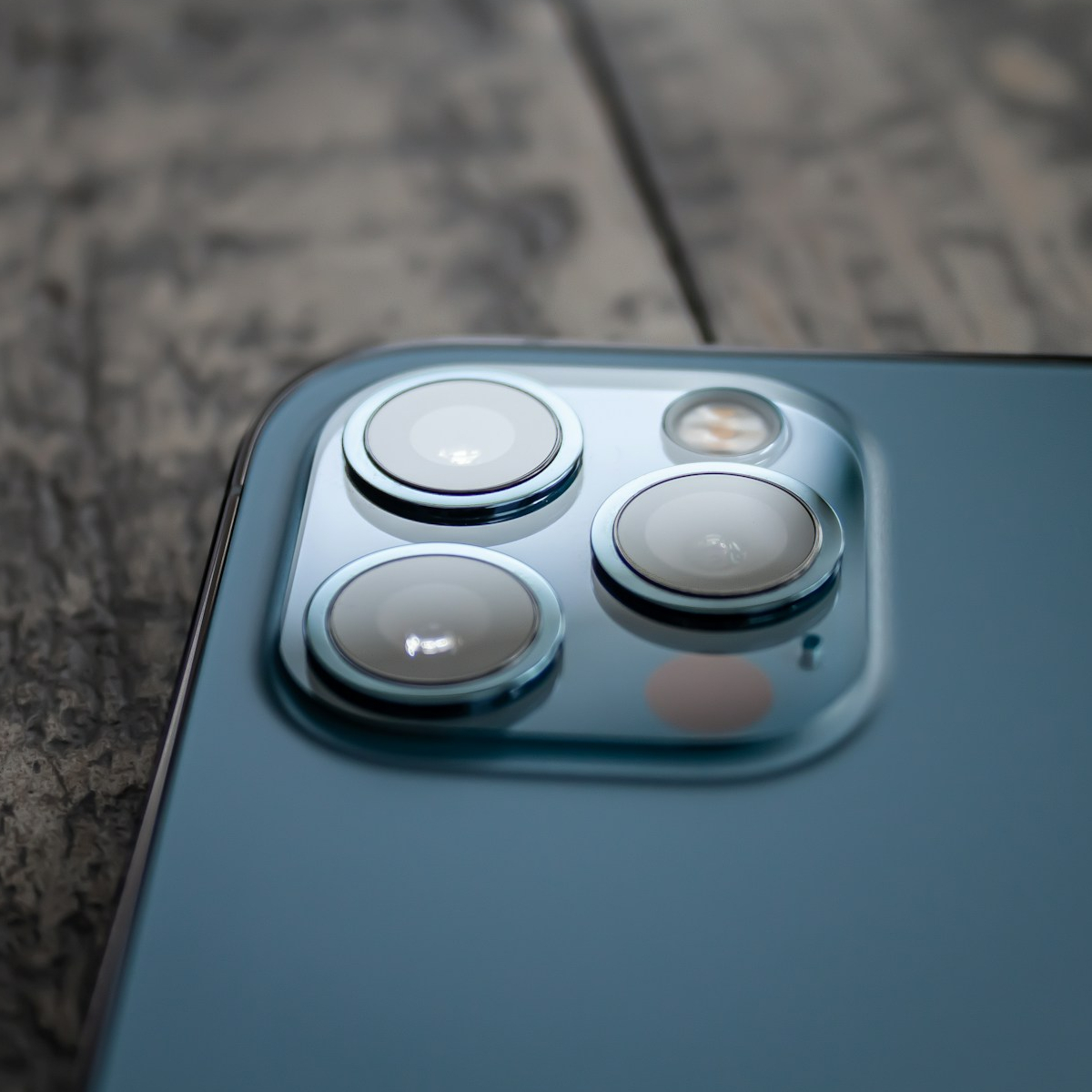
Sony recently released a video that showcases its new stacked sensor technology for better, more camera-like image quality in smartphones.
Mobile photography is a photographic niche that’s steadily gaining more respectability as the overall quality of these tiny cameras improves.
Now Sony, a company with no shortage of reputation for camera technology innovations, is trying to play a part in furthering that.
The company’s recent video showcases what Sony calls a “2-Layer Transistor Pixel” sensor.
According to the brand, this innovation offers the first stacked CMOS sensor in the world that separates photodiodes and pixel transistors into two different layers.
Essentially, by separating these photodiodes into a different layer from the pixel transistors, this sensor type lets the pixel part of the sensor deliver much better imaging properties. Most importantly, it lets the pixels do this even if they’re tiny.
This is a vital property of the sensor’s claimed capacity to create much better overall photos if used in smartphones, which necessarily use tiny pixels.
Sony’s specific statement about its 2-Layer Transistor Pixel sensor explains,
“The 2-Layer Transistor Pixel is the world’s first*1 stacked CMOS image sensor technology with a pixel structure that separates photodiodes and pixel transistors on different substrate layers, as opposed to the conventional style of having the two on the same substrate. This new structure approximately doubles*2 saturation signal level*3 relative to conventional image sensors, widens dynamic range and reduces noise.”
Sony also adds that the new sensor design helps reduce noise in low-light images compared to conventional stacked sensors in which both photodiodes and transistors are on the same level.
With smartphone sensors, low-light performance and high dynamic range have historically been problematic because of how tiny the pixels in phone cameras have to be. This smaller pixel size means weaker light absorption and problems with both noise and dynamic range.
Sony’s new 2-Layer sensor offers a wider dynamic range (better exposure in photos with strong lighting or dim situations) and lower noise in photos taken in the dark.
Sony places a specific emphasis on how this technology will help in smartphone photography and explains that the sensor’s pixel structure will not only let pixels deliver higher image quality with their typical existing size in a phone but also become even smaller.
One interesting part of this announcement by Sony is that it’s based on a much older first unveiling of this same technology in 2021.
Since then, it seems that the company sort of sat on the development for a while before presenting it to the public again recently.
On the one hand, this is understandable, since going from the development of complex technology to having it installed in even more complex consumer and commercial devices involves enormous time, effort and development costs.
These delays apply even for a company as large as Sony, particularly if the technology is aimed at third-party phone manufacturers with their own specific demands.
However, even for its own devices, Sony has taken a while to bring the 2-Layer Transistor Pixel sensor onto the commercial stage.
Sony did finally install it in one of its own phones, the Xperia 1 V smartphone, but only in May of 2023, almost three years after first revealing this sensor’s development in December of 2021.
The new sensor type has been branded as the “Lytia” line and it’s possible that with Sony’s more recent push towards its commercialization, the technology will appear in phones from other manufacturers.
Sony itself expects to capture 60% of the sensor market with other phone manufacturers by 2025 and if that happens, we might end up seeing the “Lytia” sensor type in some of those models.
In this same predictive report, Sony also gives deeper details about how this new sensor works and why it should deliver major smartphone photo improvements.
The report also goes into how AI in phones can help extract even better performance from the 2-Layer Transistor Pixel sensor.
Sony’s track record includes creating extremely advanced sensors in its standalone mirrorless cameras and status as the maker of the sensors behind the iPhone’s prestigious cameras. Thus, it’s hard not to take their claims about the Lytia sensor seriously.






